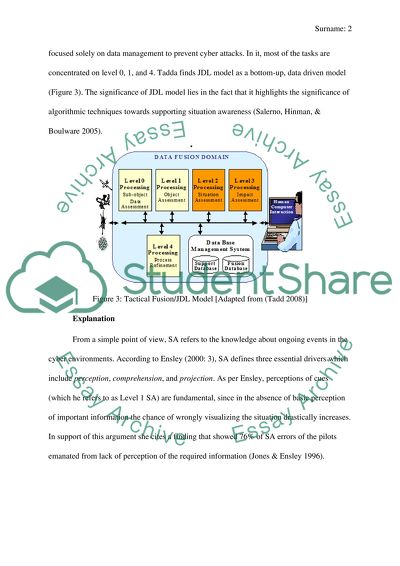Cite this document
(“Enhancing Cyber Situational awareness through Active Defence Research Paper”, n.d.)
Enhancing Cyber Situational awareness through Active Defence Research Paper. Retrieved from https://studentshare.org/information-technology/1462887-enhancing-cyber-situational-awareness-through
Enhancing Cyber Situational awareness through Active Defence Research Paper. Retrieved from https://studentshare.org/information-technology/1462887-enhancing-cyber-situational-awareness-through
(Enhancing Cyber Situational Awareness through Active Defence Research Paper)
Enhancing Cyber Situational Awareness through Active Defence Research Paper. https://studentshare.org/information-technology/1462887-enhancing-cyber-situational-awareness-through.
Enhancing Cyber Situational Awareness through Active Defence Research Paper. https://studentshare.org/information-technology/1462887-enhancing-cyber-situational-awareness-through.
“Enhancing Cyber Situational Awareness through Active Defence Research Paper”, n.d. https://studentshare.org/information-technology/1462887-enhancing-cyber-situational-awareness-through.


